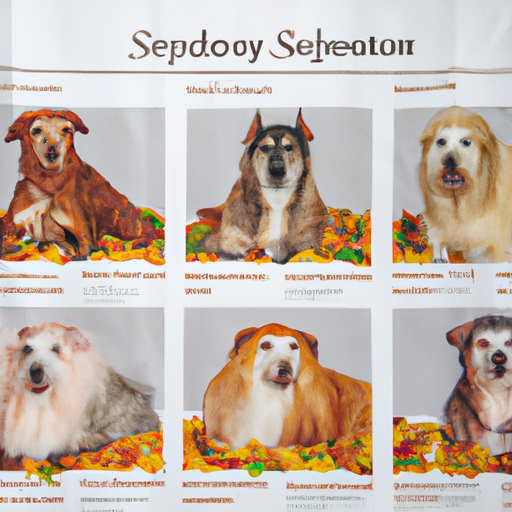Hello there, lovely caregivers! As a nurturer who pours endless love and care into your furry friend, you may often find yourself wondering about your dog’s shedding patterns. Let’s delve into that today!
Understanding the Process of Shedding
Shedding is a natural process for your canine companion. Dogs naturally lose old or damaged hair by shedding. The amount and frequency of shedding can depend on their health and breed type. It can also depend on the season — many dogs develop thick coats in the winter and then shed them in the spring.
| Breed Type | Shedding Level |
|---|---|
| Beagles | Moderate |
| Dachshunds | Moderate |
| Siberian Huskies | Heavy |
| Labrador Retrievers | Heavy |
The Duration of Dog Shedding
Dogs shed differently, and the duration can vary broadly. Some dogs shed year-round, some “blow” seasonally, some do both, and some hardly at all. Short-haired dogs typically have a more uniform shedding pattern. With long-haired dogs, it’s a bit more complicated.
- Short-haired Dogs: These dogs have the same coat year-round and will generally shed the same amount of hair daily. This shedding is usually minimal and hardly noticeable.
- Long-haired Dogs: These dogs have a more noticeable shedding cycle. They usually have a heavy shedding period once or twice a year, known as “blowing their coat.”
Factors that Influence Dog Shedding
Various factors can influence how long your dog sheds. These include:
- Breed: Some breeds shed more than others.
- Health: Poor health or stress can lead to excessive shedding.
- Season: Many dogs shed more during spring and fall.
How to Manage Your Dog’s Shedding
Now, let’s explore some ways you can manage your dog’s shedding.
- Regular Brushing: Brushing your dog regularly can help manage their shedding. It’ll also make their coat cleaner and softer.
- Proper Diet: A good diet can help reduce excessive shedding. Look for dog foods that contain a balance of high-quality proteins and Omega-3 fatty acids.
- Regular Vet Check-ups: Regular vet visits can help ensure your dog is healthy and its shedding is normal.
When to Worry about Your Dog’s Shedding
While shedding is usually a normal process, excessive shedding could indicate a health problem. If you notice any of the following signs, it’s time to take your furry friend to the vet:
- Bald spots
- Dandruff
- Excessive scratching
Frequently Asked Questions
Q: Do all dogs shed?
A: All dogs shed to some degree, but each breed and individual dog will have different levels of shedding.
Q: Can I stop my dog from shedding?
A: No, shedding is a natural process and cannot be completely stopped. However, it can be managed with regular grooming and a healthy diet.
Q: Is excessive shedding a sign of illness?
A: Yes, excessive shedding can be a sign of various health problems, including allergies, parasites, or nutritional deficiencies.
Q: How often should I groom my dog?
A: The frequency of grooming depends on the breed and hair type. Typically, dogs should be groomed every 1-2 weeks.
Your role as a caregiver is crucial in understanding and managing your dog’s shedding. Remember, a little fur here and there is a small price to pay for the unconditional love and companionship our canine friends offer us!



